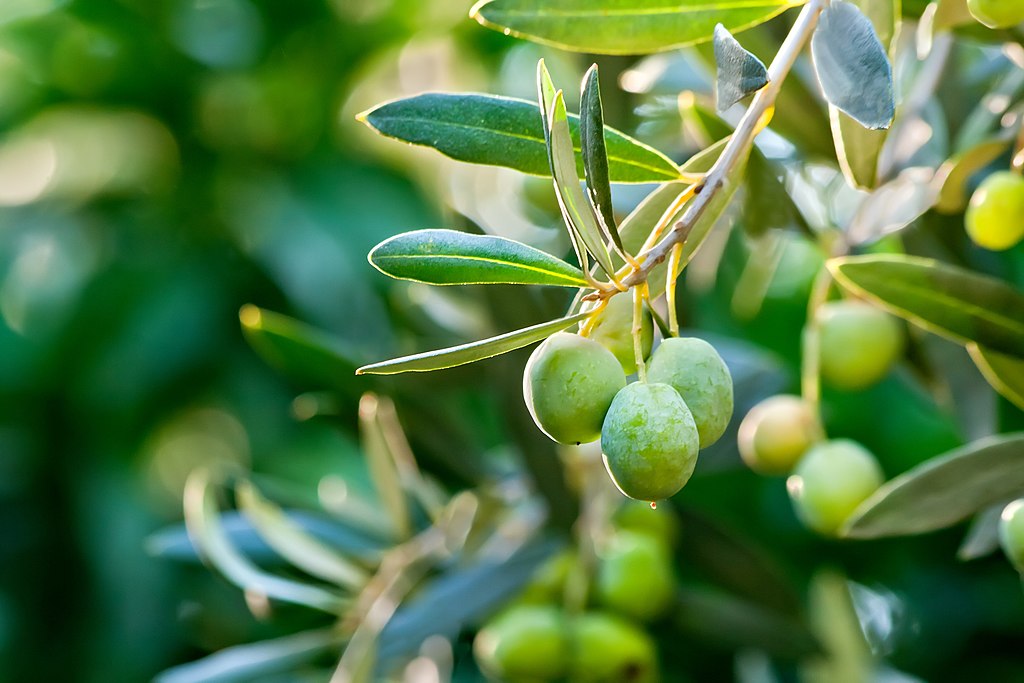An extra virgin is an extra virgin is an extra virgin? Not so. But before we venture any further, what is an ‘extra virgin’? In 1991 European lawmakers adopted what had been Italian standard regulation for almost a century: they designated as ‘virgin’ an oil obtained straight from the olive only by mechanical means, and divided it into 4 categories, based on acidity: ‘extra virgin’ (below 1 per cent), ‘virgin’ (below 2 per cent), ‘ordinary virgin’ (below 3.3 per cent) and ‘lampante virgin’ (3.3 per cent and above).
The first three types were deemed fit for human consumption, while ‘lampante’ was declared only good as lamp fuel – whence its name.
Producers and connoisseurs, however, are all too aware that no two extra-virgin olive oils are alike. They vary depending not just on acidity level, but also, and more importantly, on the olive variety, soil, pruning and climate. Their aroma and taste are also greatly influenced by milling technique and storage conditions.
Strangely enough, what makes olive oil the darling of dieticians the world over is not just its fat fraction. Despite the common knowledge that mono-unsaturated fats are what makes olive oil the powerful anti-cholesterol weapon it is known to be, they are not all there is to it. An extra-virgin olive oil’s nutritional treasure is stored not just in its fat components, but mainly in its 1.5-percent non-fat fraction.
That is where such valuable components as b-sitosterol (an anti-cholesterol agent) vitamin E, hydroxytyrosol, oleuropein and tocopherols (all powerful anti-oxidants), are found. Mother Nature doled them out in the fruits of the olive tree as natural preservatives, to help them fight oxidation in their fat reserves.
Together with chlorophyll and a wealth of aromatic esters, they are the main source of that typical and sought-after fruity tang professional tasters regard as an unmistakable signal of wholesomeness and high quality. The more ‘fruity’ the oil tastes, the greater its nutritional worth.
These compounds are every bit as frail as they are valuable, though. They can only be found in significant quantities in virgin and extra-virgin olive oils since the chemical process high-acidity olive oils undergo to become ‘pure’ olive oil – a process known as ‘refining’ – does away with all of those.
Although top quality olive oil producers are vying to tighten the loose mesh of European regulations, the battle for quality recognition is far from won. Whereas in most Mediterranean home fridges one would have a difficult time finding an ounce of butter or margarine, olive oil is still missing on most northern European and north-American tables. Meat- and animal product-based diets still play too large a role in keeping the ƒ??green goldƒ? ƒ?? as olive oil was dubbed by the Romans ƒ?? out of their galleys.
Price is also a factor: a litre of mediocre extra-virgin olive oil rarely retails for less than 5 euros in most European supermarkets, and $7 in American ones: more than twice the average price of other edible oils such as canola or sunflower oil. In the wake of the Mediterranean diet’s global success, however, olive oil producers are in no mood for a price moratorium: the Italian Association of Oil Millers has just recently declared that an olive oil of acceptable quality should never cost less than 4 euros at the farm gate, which makes for a 7 euro price tag on supermarket shelves. That applies to mass-market olive oils though: discriminating consumers should expect a good, hand-picked and cold-pressed organic PDO extra virgin olive oil to fetch up to 20 euros per litre.
If price matters, so does quality. Never mind animal fats, which are now unanimously counted among human health’s public enemies and have been under attack for the past two decades: even oilseed oils are now coming under increased scrutiny because they are extracted using solvents such as benzene – a powerful carcinogen which is completely removed from the oil after the extraction, but for trace amounts which nonetheless raise concerns amongst consumers.
In the early 1960s, heart disease rates in the Greek male population were found to be nearly 1/10 of those measured among US males from the same age groups. It took scientist almost 30 years to shed light on the coronary-protecting role of HDL-cholesterol and to establish a link with olive oil consumption.
What if all of these concerns, and the nutritional benefits of a hearty, just-squeezed olive oil were known to most Mediterranean peoples long before big-name scientists from big-name universities started spreading the word?

